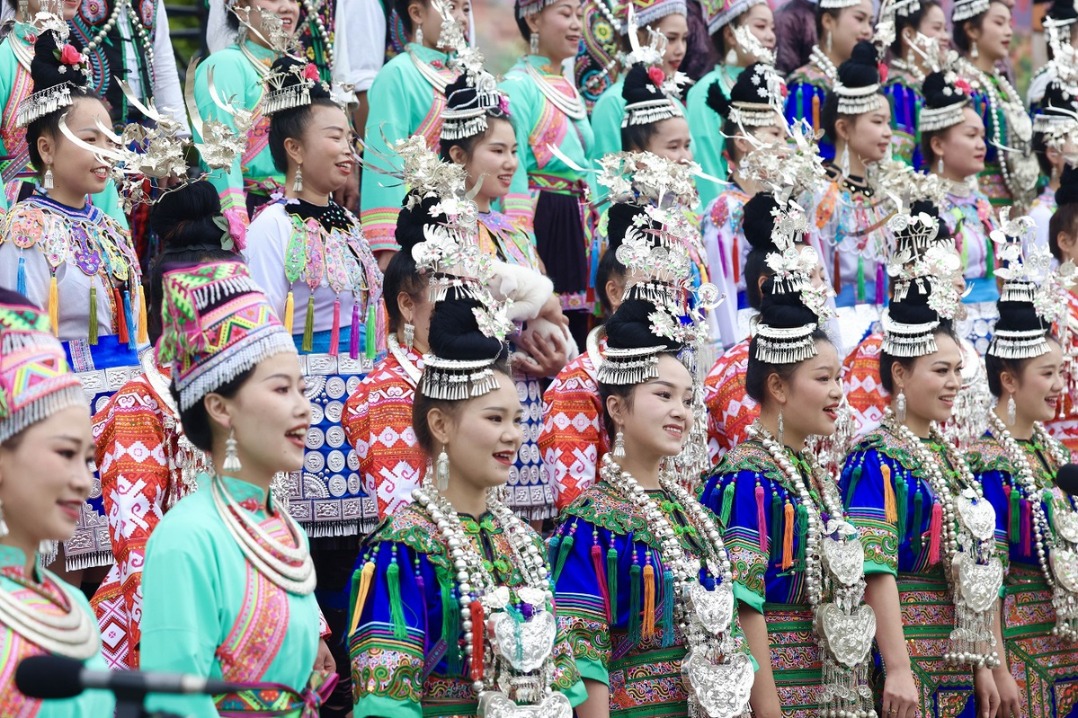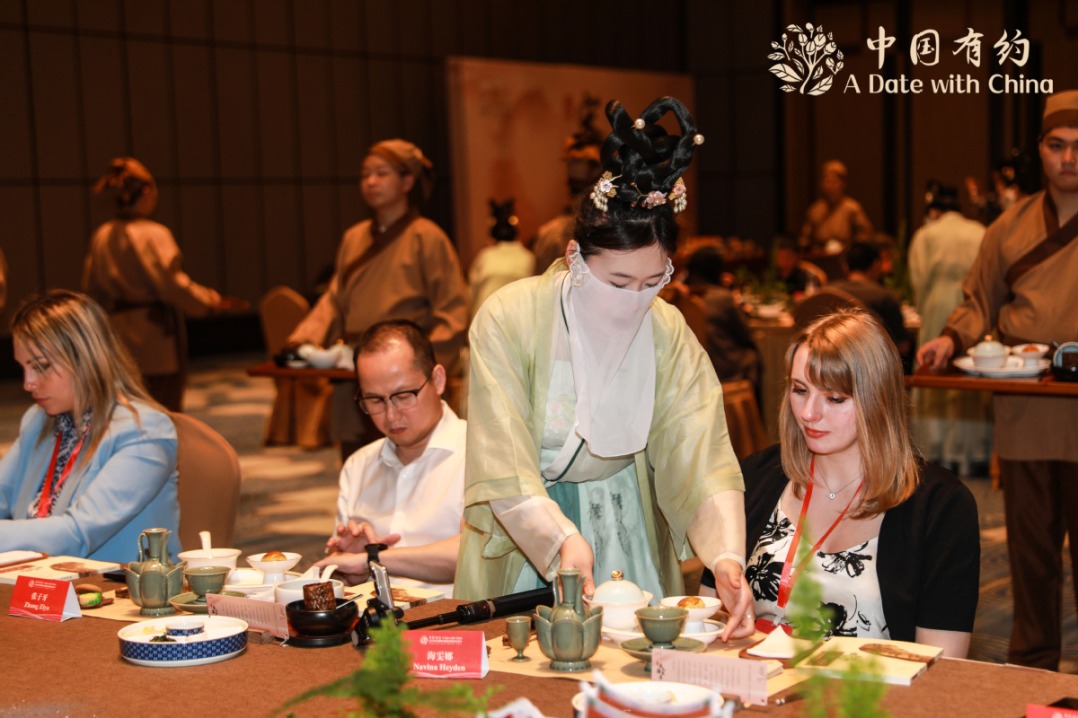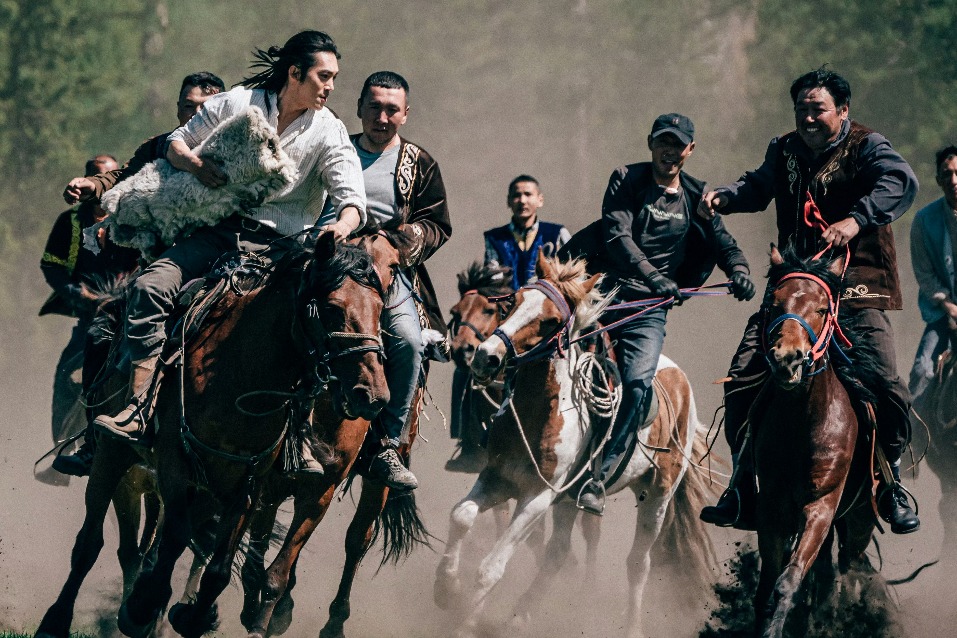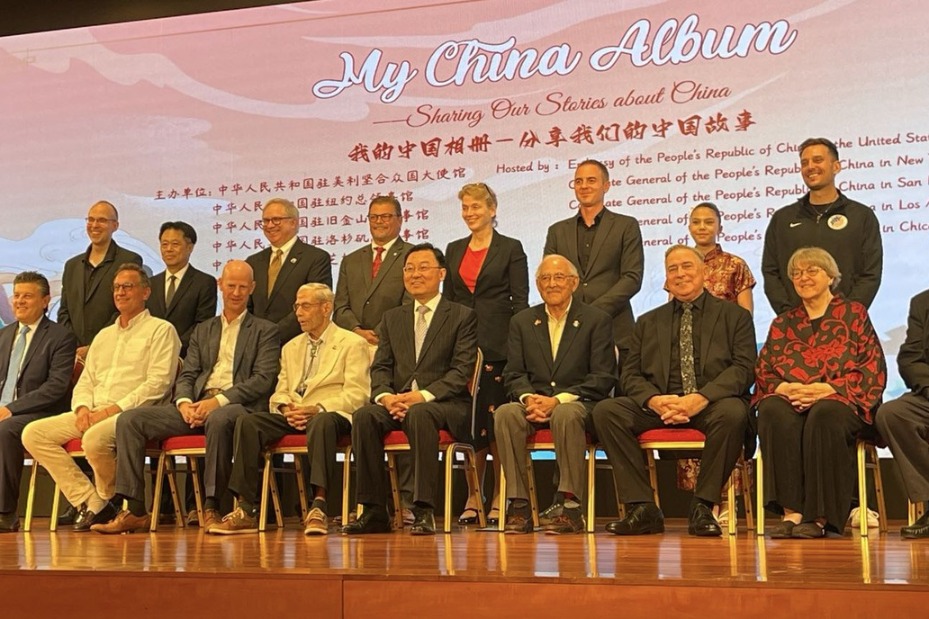Bodies of work
By Yang Feiyue | CHINA DAILY | Updated: 2023-08-10 07:55

In June, her photography work State of Life featuring four chapters — theater, resurrection, dialogue and dissolution — won the Golden Statue Award for China Photography, which was hosted by the China Federation of Literary and Art Circles and the Chinese Photographers Association and represents the top national individual achievement in the field of photography arts.
The judging panel comments that her work instills mundane and dull specimen photography with contemporary artistic thinking and refreshes the audience's senses.
"This work employed different shooting techniques and concepts for each chapter," Zhao says.
"It was a cross-disciplinary collaboration and an experiment between medicine and photography, which freezes these silent lives into still moments," she adds.
It took her the longest to finish the black-and-white "theater" chapter, which she began work on in 2008.
"There's a sense of mourning and commemoration in black and white. Under the spotlight, they seem about to come to life or be already in a state of being alive," Zhao says.
The subjects featured were mostly returned to their original natural habitats and posed before having their picture taken.
"Each photograph here resembles an independent still from a play, depicting their state as being alive and conveying the timeless nature of life," Zhao says.
For the "resurrection" chapter, Zhao applied a pinhole camera, which she says helps to create a real yet surreal, distant yet near feel.
"These animals once had their own miraculous moments, and in the images, they exist in the environment as if they were extraterrestrial beings, abrupt and absurd," Zhao says.
Different from the theater chapter, Zhao intentionally chose places that do not align with the original habitats of the specimens.
"This deliberate intervention creates a strong sense of abruptness, highlighting the individuality and uniqueness of each life," she says.
Through this collection, she aims to convey the relationship between animals, humans and nature in the context of societal development, as well as express reverence and admiration for nature and life.
"Watching them is akin to observing oneself," she says.
The "dialogue" chapter features words about her understanding of her subjects from both a scientific and personal perspective, and reflects her thinking on the essence of life.
The last chapter, "dissolution", combines traditional imagery with chemical agents. It recorded images of specimens decomposing at different times, using this to express scenes, stories, and the colorful aspects of life throughout the vast expanse of time and space.
























